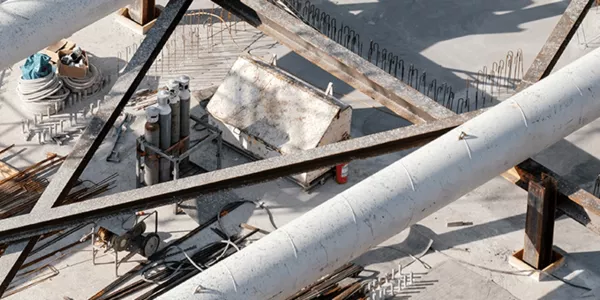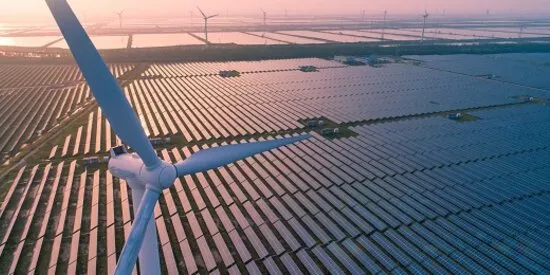
Towards low-carbon cement in Senegal
News
The challenges of decarbonizing African cities are numerous, considering the continent’s economic and demographic growth. The cement sector, a key sector for Africa’s development, is one of them.
The stakes are high: traditional cement, the result of firing limestone at more than 1,400 degrees Celsius to obtain the basic element, clinker, emits about 600kg of CO2 per ton of cement produced.
To support efforts to decarbonize the industrial sector in Senegal, a significant financing has been granted, in partnership with International Finance Corporation (IFC), the World Bank Group's private sector financing subsidiary, to Société Ouest Africaine des Ciments ("Sococim"), the Senegalese subsidiary of Vicat, a leading international cement group.
The EUR 214 million financing includes a tranche of green loans granted in local currency by Societe Generale Senegal and three other local banks, as well as a tranche of green loans granted in euros by IFC. Societe Generale Senegal also acts as an administrative agent to manage local currency financing with other lenders.
One of the lowest emissions for cement production
The subsidiary of the French group Vicat will use this financing to reduce greenhouse gas (GHG) emissions related to the production of its cement. It will support Sococim's long-term financing needs, including a €260 million investment to modernise its clinker production plant near Dakar, the capital of Senegal.
Sococim plans to allocate this funding to modernize and transform part of its clinker production lines. The replacement of old clinker kilns with a modern, energy-efficient kiln will increase production capacity to 2 million tons per year. It will use up to 70% alternative fuels, improving the plant's energy efficiency. This will help reduce greenhouse gas emissions to around 450 kg per ton of cement, one of the lowest emissions in the world.
|
| Guy Sidos, CEO of Vicat |
|
| Philippe Gemayel, Senior Banker, Societe Generale |




